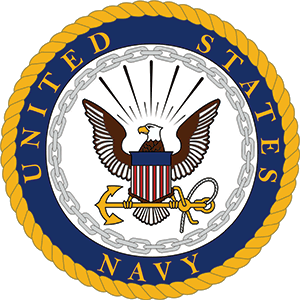ABOUT HS-3
- Establishment: Helicopter Anti-Submarine Squadron 3 (HS-3), known as "Tridents," was established on 18 June 1952 at Naval Air Station (NAS) Jacksonville, Florida.
- Firsts in ASW: HS-3 was among the first U.S. Navy squadrons dedicated exclusively to anti-submarine warfare (ASW) using helicopters, pioneering tactics that are still in use today.
- Korean War Support: Although established during the Korean War, HS-3 played a significant role in developing anti-submarine techniques in response to the increasing Soviet submarine threat during the Cold War.
- Aircraft Evolution: HS-3 flew multiple helicopter types throughout its history, including the Sikorsky HO4S, SH-3 Sea King, and eventually the Sikorsky SH-60F/HH-60H Seahawk.
- Apollo Recovery Missions: HS-3 participated in the recovery of NASA astronauts during the Gemini and Apollo space programs, helping to retrieve astronauts and spacecraft from the ocean.
- Carrier Deployments: The squadron was regularly attached to aircraft carriers such as USS Saratoga (CV-60), USS John F. Kennedy (CV-67), and USS Theodore Roosevelt (CVN-71), providing critical ASW and search-and-rescue capabilities.
- Desert Storm: HS-3 played an active role in Operation Desert Storm in 1991, conducting ASW, surface surveillance, and combat search and rescue missions in hostile environments.
- Humanitarian Missions: HS-3 participated in numerous humanitarian operations, including disaster relief efforts following hurricanes and the evacuation of civilians from crisis zones.
- Merger and Redesignation: In 2009, HS-3 was redesignated as Helicopter Sea Combat Squadron 9 (HSC-9) as part of the Navy’s reorganization, marking the end of its official HS-3 lineage but continuing its traditions.
- Legacy and Honors: Over its decades of service, HS-3 earned multiple awards for operational excellence, including the Battle "E" Efficiency Award and the Captain Arnold Jay Isbell Trophy for ASW excellence.

